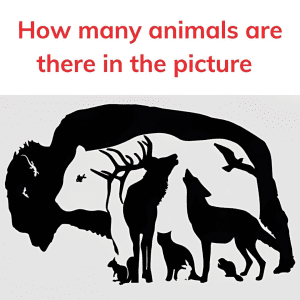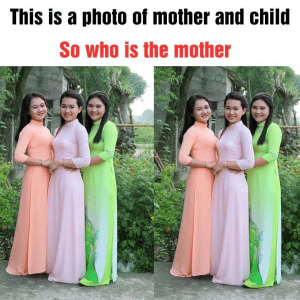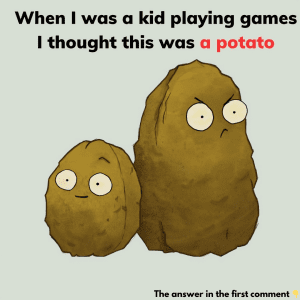Puzzles are a fantastic way to challenge our brains, boost our observation skills, and sharpen our attention to detail. One puzzle that consistently stumps people is the visual shape puzzle, especially when it asks a seemingly simple question: “How many triangles do you see here?”

Visual puzzles like this one are designed to test more than just counting skills. They play with our perception and challenge us to see beyond the obvious. Here are some common mistakes people make when solving this type of puzzle:
- Counting Only the Smallest Triangles: Often, people will focus on the obvious, individual triangles and forget to consider how these smaller shapes combine to form larger triangles. Ignoring these combinations usually leads to underestimating the number of triangles.
- Overlooking Overlapping Shapes: Overlapping triangles can create additional shapes that aren’t immediately obvious. By failing to account for these overlaps, it’s easy to miss a few triangles hidden within the image.
- Rushing Through the Puzzle: The simplicity of the puzzle can tempt people to count too quickly. A quick scan rarely reveals the entire truth, so taking a bit of extra time and examining each section closely is essential for an accurate count.
Ready to find all the hidden triangles? Here’s how you can systematically approach this puzzle and make sure you don’t miss any.
Start by counting the smallest triangles in the image. These are the individual triangles that make up the base level of the puzzle. For example, let’s say the image has three levels, each with small triangles:
- Level 1: The base level contains three small triangles.
- Level 2: The second level has two small triangles.
- Level 3: The third level contains one small triangle.
So far, you should have counted six small triangles.
So, how many triangles did you spot on your first try? Did you find all twelve, or did you come up with a different number? Comment below with your answer and see how others did! It’s always interesting to compare approaches and see if others noticed the same hidden details or made similar mistakes.
Solving visual puzzles is a fun and rewarding way to boost your observation skills. The more you challenge yourself with these puzzles, the better you’ll get at noticing small details and thinking critically. Try sharing this puzzle with friends or family and see if they can spot all the triangles as well. And remember, practice makes perfect—keep tackling puzzles to keep your brain sharp and ready for whatever challenges come your way!


